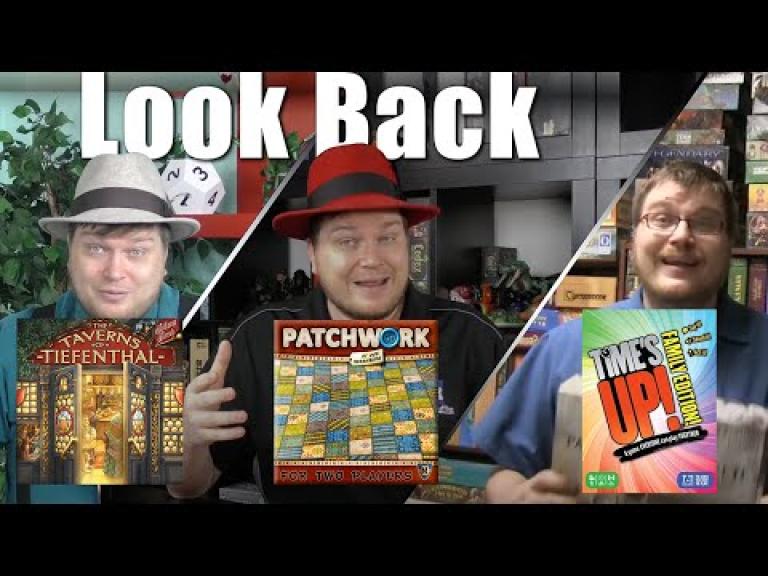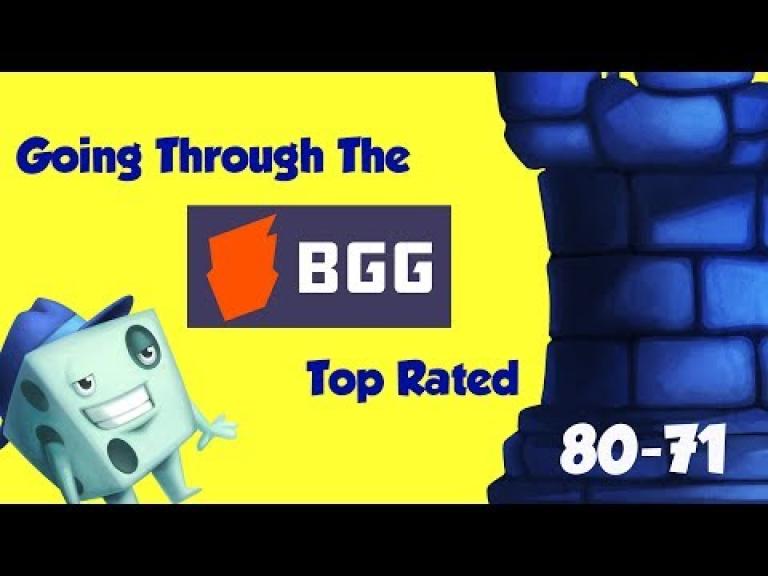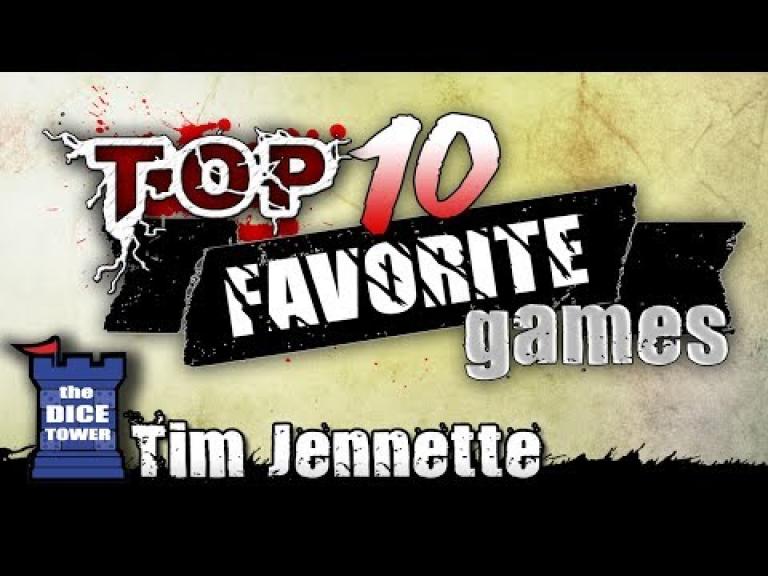Patchwork
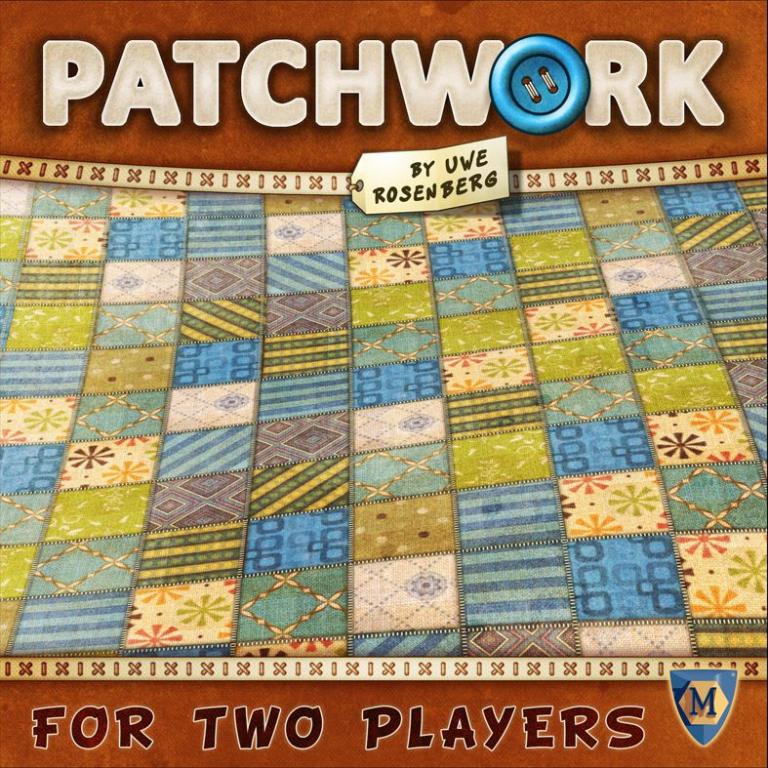
Patchwork
In Patchwork, two players compete to build the most aesthetic (and high-scoring) patchwork quilt on a personal 9x9 game board. To start play, lay out all of the patches at random in a circle and place a marker directly clockwise of the 2-1 patch. Each player takes five buttons — the currency/points in the game — and someone is chosen as the start player.
On a turn, a player either purchases one of the three patches standing clockwise of the spool or passes. To purchase a patch, you pay the cost in buttons shown on the patch, move the spool to that patch's location in the circle, add the patch to your game board, then advance your time token on the time track a number of spaces equal to the time shown on the patch. You're free to place the patch anywhere on your board that doesn't overlap other patches, but you probably want to fit things together as tightly as possible. If your time token is behind or on top of the other player's time token, then you take another turn; otherwise the opponent now goes. Instead of purchasing a patch, you can choose to pass; to do this, you move your time token to the space immediately in front of the opponent's time token, then take one button from the bank for each space you moved.
In addition to a button cost and time cost, each patch also features 0-3 buttons, and when you move your time token past a button on the time track, you earn "button income": sum the number of buttons depicted on your personal game board, then take this many buttons from the bank.
What's more, the time track depicts five 1x1 patches on it, and during set-up you place five actual 1x1 patches on these spaces. Whoever first passes a patch on the time track claims this patch and immediately places it on his game board.
Additionally, the first player to completely fill in a 7x7 square on his game board earns a bonus tile worth 7 extra points at the end of the game. (Of course, this doesn't happen in every game.)
When a player takes an action that moves his time token to the central square of the time track, he takes one final button income from the bank. Once both players are in the center, the game ends and scoring takes place. Each player scores one point per button in his possession, then loses two points for each empty square on his game board. Scores can be negative. The player with the most points wins.
On a turn, a player either purchases one of the three patches standing clockwise of the spool or passes. To purchase a patch, you pay the cost in buttons shown on the patch, move the spool to that patch's location in the circle, add the patch to your game board, then advance your time token on the time track a number of spaces equal to the time shown on the patch. You're free to place the patch anywhere on your board that doesn't overlap other patches, but you probably want to fit things together as tightly as possible. If your time token is behind or on top of the other player's time token, then you take another turn; otherwise the opponent now goes. Instead of purchasing a patch, you can choose to pass; to do this, you move your time token to the space immediately in front of the opponent's time token, then take one button from the bank for each space you moved.
In addition to a button cost and time cost, each patch also features 0-3 buttons, and when you move your time token past a button on the time track, you earn "button income": sum the number of buttons depicted on your personal game board, then take this many buttons from the bank.
What's more, the time track depicts five 1x1 patches on it, and during set-up you place five actual 1x1 patches on these spaces. Whoever first passes a patch on the time track claims this patch and immediately places it on his game board.
Additionally, the first player to completely fill in a 7x7 square on his game board earns a bonus tile worth 7 extra points at the end of the game. (Of course, this doesn't happen in every game.)
When a player takes an action that moves his time token to the central square of the time track, he takes one final button income from the bank. Once both players are in the center, the game ends and scoring takes place. Each player scores one point per button in his possession, then loses two points for each empty square on his game board. Scores can be negative. The player with the most points wins.
Player Count
2
Playing Time
15
-
30
Age
8
Year Released
2014
Designers
Uwe Rosenberg
Publishers
Нескучные игры, uplay.it edizioni, Rebel Sp. z o.o., NeoTroy Games, MINDOK, Mayfair Games, Maldito Games, Ludofy Creative, HomoLudicus, Liam Games, Lautapelit.fi, Lacerta, Korea Boardgames Co., Ltd., Kilogames, Kaissa Chess & Games, Hobby Japan, GoKids 玩樂小子, GeGe Co. Ltd., Funforge, Dragonfly Publishing, CrowD Games, Compaya.hu - Gamer Café Kft., Brain Games, Asmodee Korea, Asmodee Italia, Asmodee China, Asmodee, 999 Games, Lookout Games
Board Game Category
Abstract Strategy, Puzzle
Newest Review
Remote video URL
Other Videos
Podcasts Featuring this Game
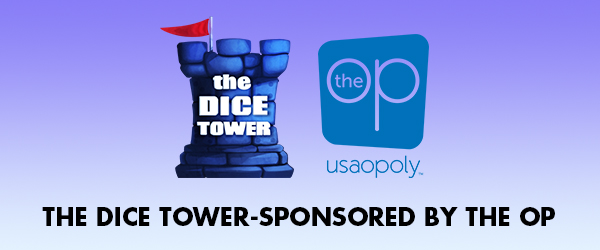
TDT # 390 - Stupid Game Names
In this show, we talk about Pay Dirt, Monsters and Maidens, Patchwork, Jochen der Rochen, Orleans, Power Grid “Deluxe”, Essen, and Royals. We have a Tale of Amazement, a Tale of Horror, A Board Game Magic Moment, legal advice, a look at games from our childhood, and more! We end the show talking about silly and awesome names that publishers give to board games.

